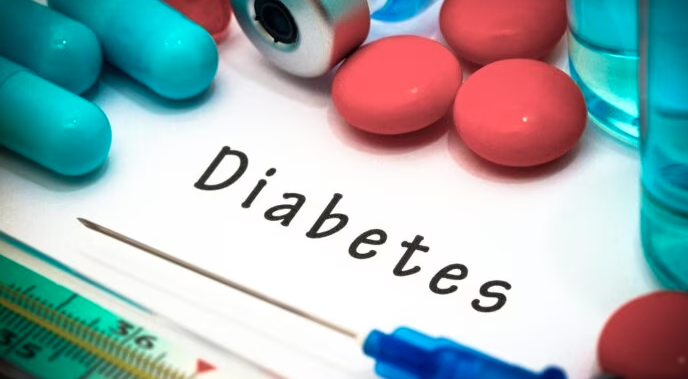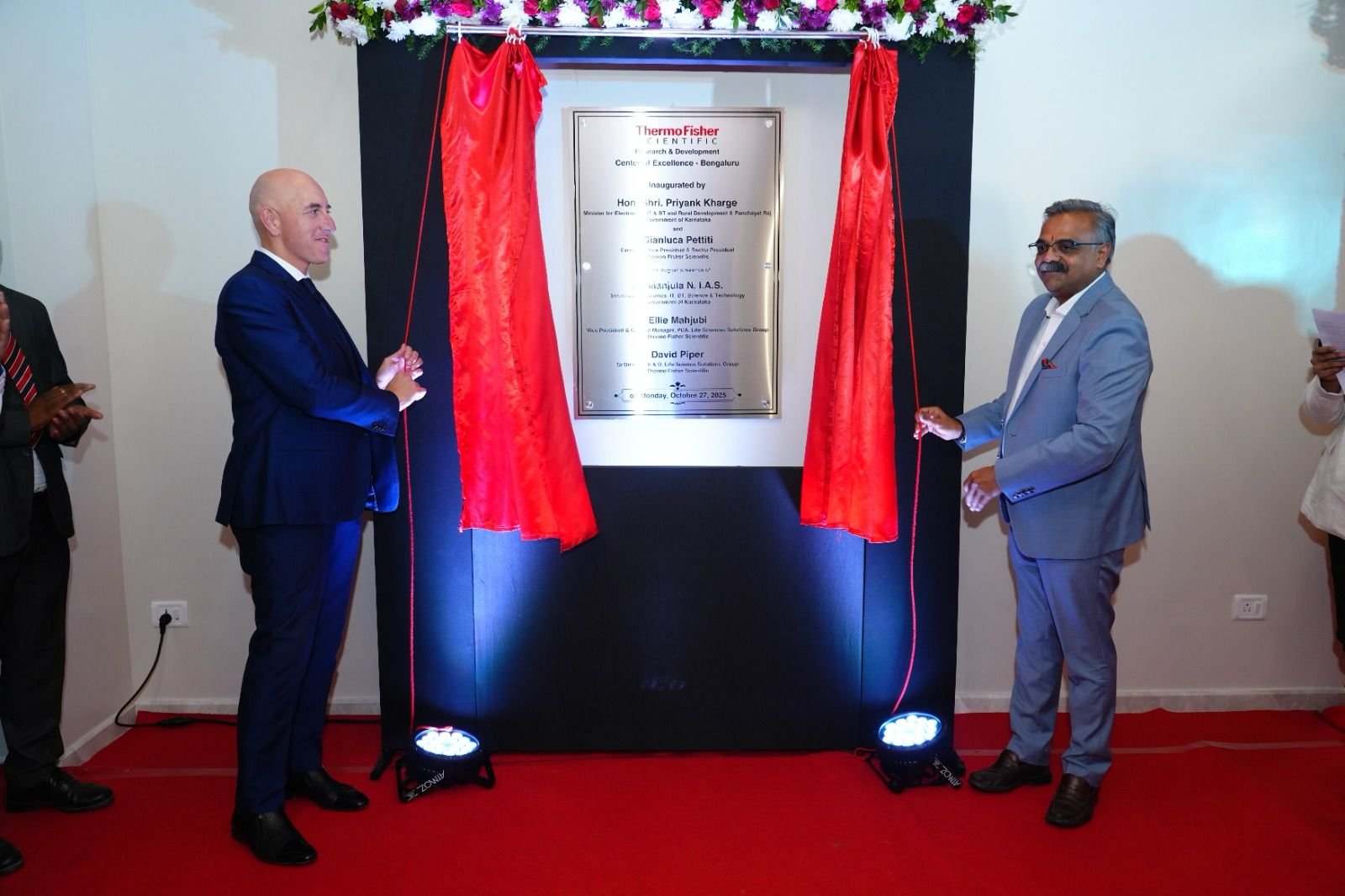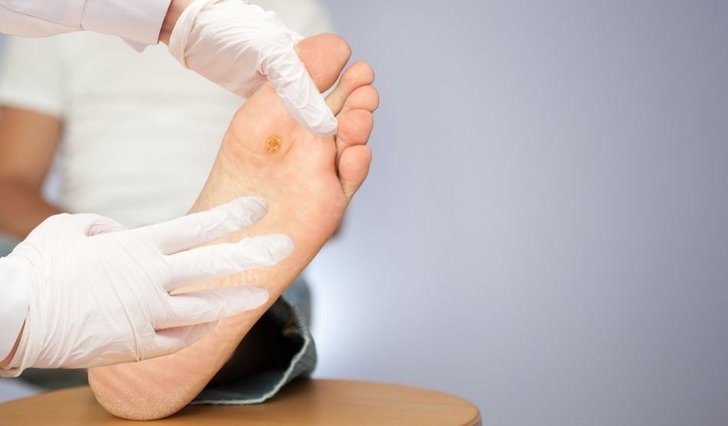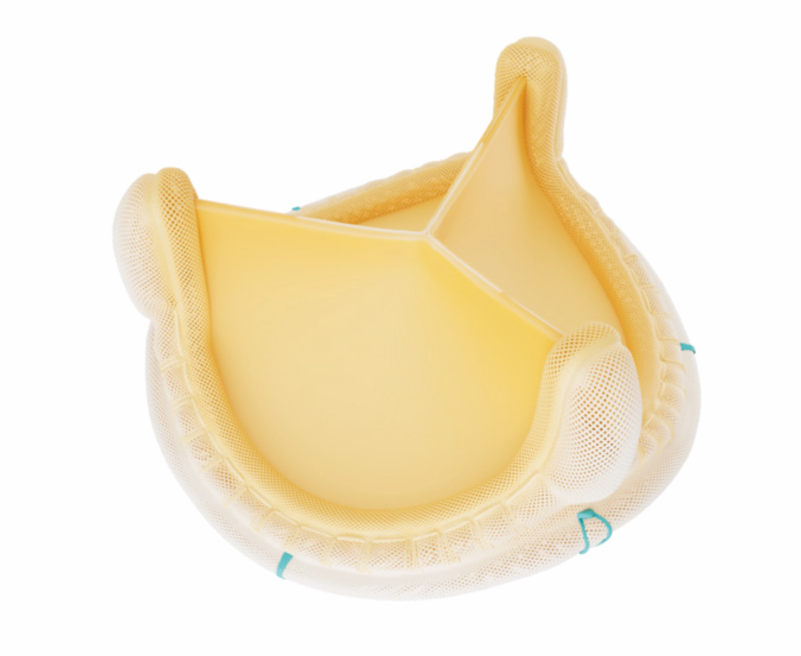New Pharma Research on Diabetes - Drugs & Vaccines
October 31, 2023 | Tuesday | Views | By Vandana Iyer, Industry Principal- Health & Wellness, TechVision, Frost & Sullivan; and Lonita Lawrence, Senior Research Analyst, Growth Opportunity Analytics – TechVision, Frost & Sullivan
The Indian Council of Medical Research –India Diabetes (ICMR-INDIAB) study published in 2023 reiterates the significant non-communicable diseases (NCDs) burden in the country. While the diabetes epidemic seems to have peaked in some of the more developed states, most of the less developed states are still in the initial take-off phase. The prevalence of other cardiometabolic risk factors such as obesity, hypertension, and dyslipidaemia is uniformly high across the country, particularly in the urban areas. The focus should be on implementing interventions to minimise the progression of prediabetes to diabetes in states where the diabetes epidemic has yet to peak, and providing optimal care to ensure comprehensive risk factor reduction in individuals with diabetes so as to prevent complications in those states where the epidemic has already stabilised. Thus, there are serious implications for the nation, warranting urgent state-specific policies and interventions to arrest the rapidly rising epidemic of metabolic NCDs in India.

Image credit: shutterstock
India is the second largest contributor to the worldwide diabetes population after China. According to the International Diabetes Federation (IDF) the number of Indians with diabetes increased to 101 million in 2021 from 77 million diabetics in 2019 accounting for a 31 per cent increase. The Indian Council of Medical Research–India Diabetes (ICMR-INDIAB) study published in 2023 reported that the overall weighted prevalence of diabetes in India was 11.4 per cent and with significantly higher prevalence in urban areas at 16.4 per cent when compared to rural areas at 8.9 per cent (figure 1). Rising disposable income for the growing middle class and sedentary lifestyle practices are likely to be the major causes for the higher prevalence of diabetes in urban India. A lack of proactive public measures will also increase diabetes prevalence in rural areas in the next five years.
Figure 1

The National Noncommunicable Disease Monitoring Survey (NNMS) conducted between 2017 and 2018 reported that only 45.8 per cent of the population with Diabetes Mellitus (DM) were aware of it, only 36.1 per cent of DM patients were being treated and only about 15.7 per cent of them had their DM under control. Thus, there is a rising need in India to improve diabetes awareness, implement preventive measures, increase treatment outreach, and develop effective treatment protocols.
New Drug & Vaccines
Most classes of diabetes drugs, such as Sodium-glucose cotransporter-2 (SGLT2) inhibitors, sulfonylureas, thiazolidinediones, meglitinides, metformin, α-glucosidase inhibitors, glucagon-like peptide-1 (GLP-1) receptor agonists, and dipeptidyl-peptidase IV (DPP-4) inhibitors, are available in India. Cardiovascular and renal risks are some of the key concerns impacting mortality and quality of life in diabetic patients. Hence, the current treatment regime has largely shifted to a focus on improving diet and lifestyle, managing weight loss, and reducing health risks as opposed to just achieving glycemic control.
Research has revealed that SGLT-2 inhibitors and GLP-1 receptor agonists are some of the most effective classes of drugs for managing diabetes, as they provide substantial cardiovascular and renal benefits. However, these drug classes are associated with risks such as several gastrointestinal events, ketoacidosis, and genital infections among others. Thus, there is a need to develop novel drug classes, provided they can offer significant health and cost benefits compared to existing drug classes. For instance, Eli Lilly’s recently approved dual glucose-dependent insulinotropic polypeptide (GIP)/GLP-1 receptor agonist, tirzepatide, was shown to provide improved benefits for weight loss when compared to SGLT-2 inhibitors and GLP-1 receptor agonists. Tirzepatide was also shown to have fewer side effects and gastrointestinal adverse events. However, the cost of the drug, which can be up to Rs 70,000 for a single shot, will be a prohibiting factor for adoption in the Indian market.
Cost-effective indigenous type 2 diabetes (T2D) treatments are likely to have a larger adoption potential in India. For instance, in 2022, Glenmark Pharmaceuticals launched Zita D for type 2 diabetes management. The drug is a fixed dose combination (FDC) of DPP-4 and SGLT2 inhibitors, teneligliptin and dapagliflozin. It is known to be effective against adults with uncontrolled T2D with or without comorbidities. This FDC is priced at Rs 14-15/tablet, which is about 50 per cent less than AstraZeneca’s dapagliflozin that is approximately priced at Rs 30/tablet in India. 2022 also witnessed the launch of Alkem Laboratories’s Dapanorm Trio which is a FDC of dapagliflozin, sitagliptin and metformin for treating T2D. Priced at about Rs 20/tablet, it is much less than the total cost of all the individual drugs. Similarly, generic version of sitagliptin in India cost about Rs 8 to 18/day which is significantly lower than the Rs 45/day cost of Merck’s JANUVIA (sitagliptin).
Finerenone is also a promising non-steroidal mineralocorticoid receptor antagonist (nsMRA) which is approved for T2D patients with chronic kidney disease (CKD). It is the first nsMRA that has shown to reduce all-cause mortality and hospitalization for heart failure. The drug has also demonstrated improved renal outcomes. Emerging research has also revealed that finerenone may also be effective in T2D patients without CKD, which may expand its usage in the future.
India also witnessed the launch of Cadila Pharmaceuticals’ Jankey M in 2022, which is a FDC of sitagliptin and metformin. In the same year, Glenmark launched SITAZIT M which is also a FDC of sitagliptin and metformin. This FDC is useful for glycemic control in T2D patients and is also known to provide cardio-renal advantages and beta cell protection.
Novel formulations of existing drugs are also being explored in the Indian market. For instance, semaglutide, a glucagon-like peptide-1 receptor agonist (GLP-1 RA), was largely available in injectable formulations. However, in 2022 Novo Nordisk launched an oral semaglutide formulation that used Sodium N-[8-(2-hydroxybenzoyl)amino]caprylate (SNAC) to enhance its bioavailability and prevent stomach degradation. This oral semaglutide formulation is known to improve glycemic control, while also demonstrating weight loss and cardiac safety benefits. Although it is cheaper than the US pricing, Novo Nordisk’s drug still costs Rs 10,000/month in India, which restricts its accessibility, especially in the rural regions. However, oral drug formulations are likely to get a wider adoption when compared to subcutaneous delivery formats.
However, the use of novel drug delivery formulations for insulin is not sufficiently explored in the Indian landscape. Insulin treatment for both T2D and type 1 diabetes (T1D) is still largely given through injectable formulations. In 2018, Cipla partnered with MannKind Corporation, US to market Afrezza, an inhalable insulin formulation, in India. While there are developments that help transdermal insulin delivery via microneedle patches or use of chemical enhancers in topical formulations, they are not available in India. Such innovations may enhance the insulin-based treatment uptake, especially in people that are averse to injections. Additionally, there are smart insulin pens, such as Medtronic’s InPen, that connect a person’s insulin dosing data with a mobile app via Bluetooth, enabling real-time tracking of insulin dosage, glucose, and carbohydrate levels. This helps in the intelligent management of diabetes. However, such technologies are not yet available in India.
There are several guidelines that are available for dietary and lifestyle changes for diabetes prevention, but vaccination for diabetes is largely underexplored. Early research has revealed that use of adjuvants such as alum in combination with immunotherapies for T1D and autoimmune diabetes can help enhance immune response in patients. Self-antigen-based vaccinations, such as insulin-autoantigen vaccine have shown to enhance insulin production. BCG vaccine administration has shown to restore β-cell function in T1D rodent models. Protein-based vaccines, such as DPP-4 inhibitor-based vaccines have shown early promise in T2D management. IL-1β-targeted epitope peptide (1βEPP) has been shown to provide hyperglycemic control in T2D management. Enteroviruses (EV)-based vaccine are also being studied for preventing the onset of T1D. However, vaccine research is still nascent and needs to be explored further in clinical settings before they are commercialised.
Outlook
The IDF has predicted that the number of diabetics will grow to 134 million in 2045. A major factor for rising diabetes risk in urban India is obesity and this is largely attributed to Indian people moving away from traditional diets to sugar-rich, nutrient-poor diets which is coupled with a sedentary lifestyle. As urbanisation increases in India, there is likely to be a rise in T2D among the Indian population. Indians also have higher propensity towards insulin resistance, possibly due to the tendency towards increased incidence of central obesity in the Asian Indian phenotype. There is also an increased genetic risk in younger Indians for T2D.
However, diabetes can still be prevented and well managed by proactively ensuring healthy diet and lifestyle practices. This is partly achieved through Indian health insurance companies that offer plans for diabetes. The insurers not only provide coverage immediately but also offer discounts during policy renewal on meeting wellness goals set by the health coach assigned by the insurer. There is a need to increase diabetes awareness and education through public and private programs among the rural population and prevent its rise in these regions. Research institutions should focus on the development of newer forms of cost-effective drugs and vaccines.
There is promising research coming out of Indian universities like Indian Institute of Technology Bhilai and Shiv Nadar University that have developed “Smart Insulin”. This product addresses the challenges that diabetic patients must face with injecting insulin at frequent intervals and suffering with side effects like hypoglycemia. “Smart Insulin” is an extended-release formulation that is effective for up to two days. Such university findings could make their way to the clinic in future but there is a need for more innovations to reduce the burden of diabetes on the health system.
Additionally, public and private establishments should proactively promote diabetes care among Indian nationals by adopting newer medications and integrating them with mobile and at-home technology advances that aid remote diabetes care and monitoring. There should be equitable access to public and private healthcare infrastructure across all national regions for the effective prevention and management of diabetes. Following traditional nutrient-rich diets, having an active lifestyle, and periodically monitoring overall wellness can provide holistic health benefits in a fast-evolving nation. This can have long term positive implications on the prevention of diabetes in India.
Vandana Iyer, Industry Principal- Health & Wellness, TechVision, Frost & Sullivan; and Lonita Lawrence, Senior Research Analyst, Growth Opportunity Analytics – TechVision, Frost & Sullivan










